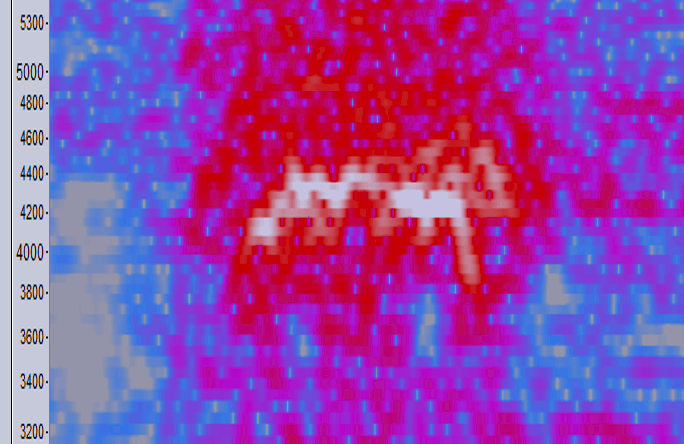Hello! Sorry for the thread necro but it seemed like the best place to ask this and may help other would-be declickers.
I have been using your plugin to remove some mouth clicks that I can’t seem to get rid of naturally. At first I couldn’t get it to work at all but then forum user Trebor (super awesome guy!) helped my greatly by suggesting some guideline settings that removed the clicks completely. However, the process took prohibitively long. I record youtube videos that are 20-30 minutes long.
So over the past month or so I have been trying to tweak it to lower the computation needed but still remove the clicks. Thing is, I’m not an audio guy. I don’t really understand the terms, and so my process has just been to move numbers around and see what happens - not very intelligent.
The settings Trebor came up with are:

However, he also attached an animated spectrogram which appears to me as if the clicks I am experiencing are from 800/1000 and above.

So I would assume I could still remove the clicks and save processor power by changing the frequency from 800-16000.
Also, he chose threshold 3 over the default of 5. I understand the higher the threshold the faster the scan will go, so in layman’s terms what’s the difference between 3 and 5, or 4, 2, etc? Also in layman’s terms, what is the practical effect of 1 pass vs. 2? If the other settings are the same, how could a 2nd (or 3rd) pass catch something the first would miss?
Finally, and I may be asking too much (desperation lends itself to this I’m afraid) are any of the other settings editable, and how so, to save time but only minimally effect the positive result?
The link to my original thread is: https://forum.audacityteam.org/t/clicks-beeps-in-recorded-audio-w-video-examples/35818/1
Thank you so much for this helpful plugin and your time!
-Marcus

